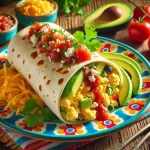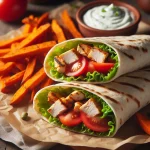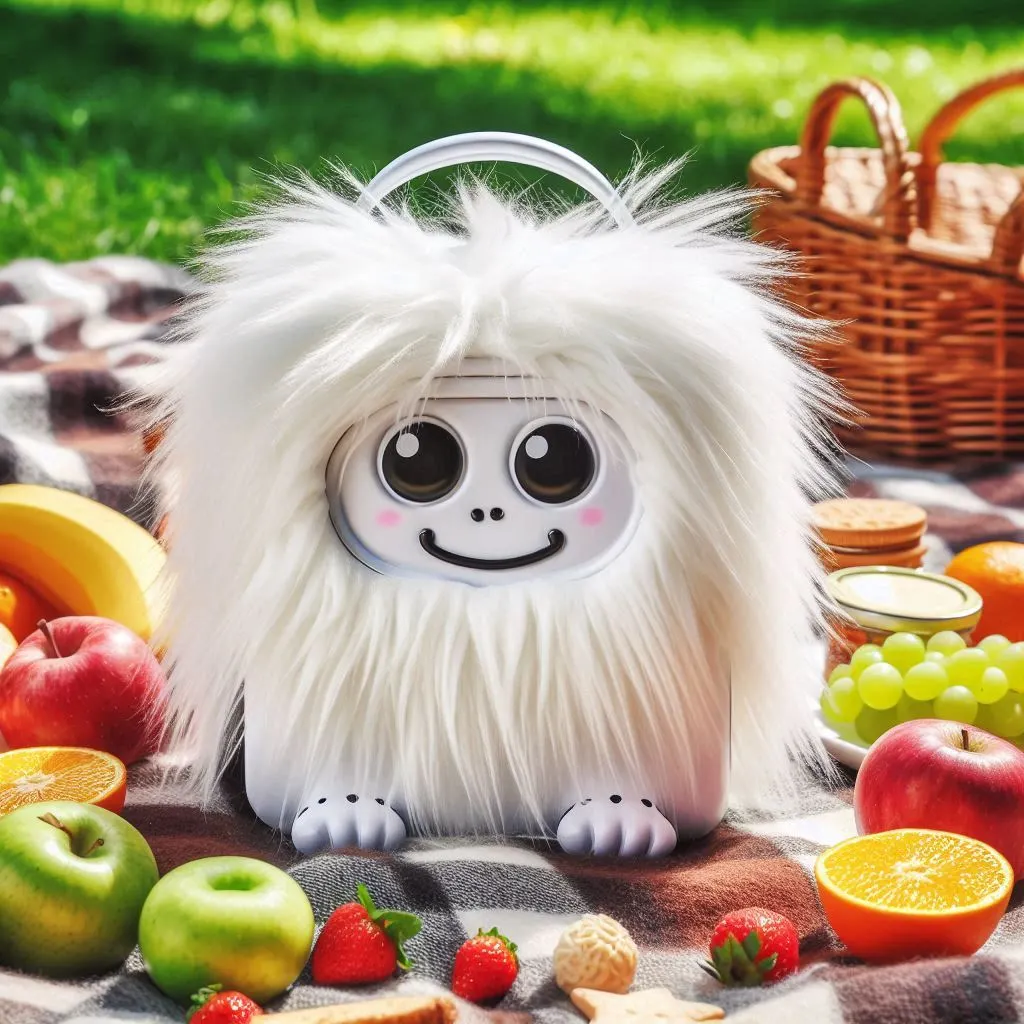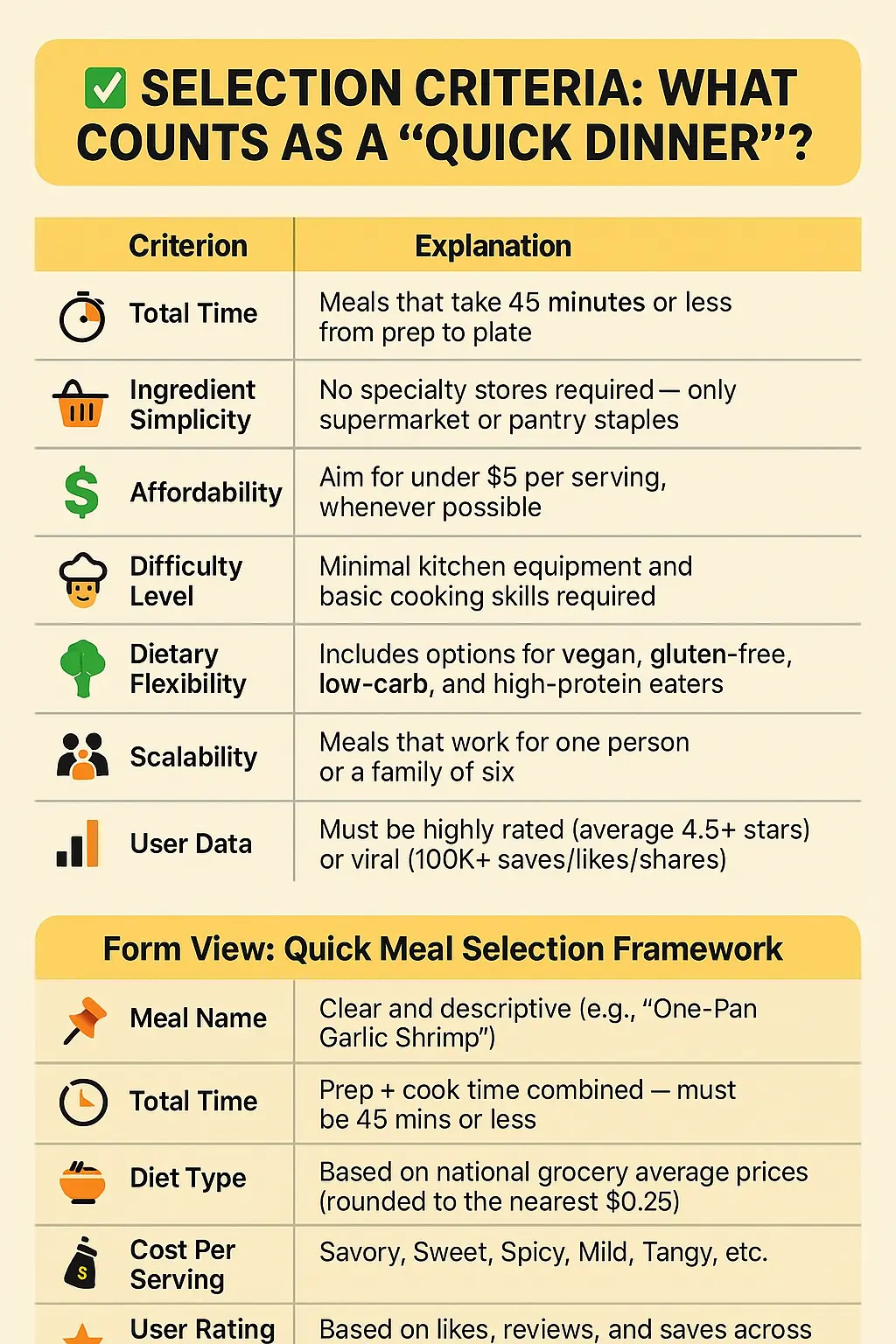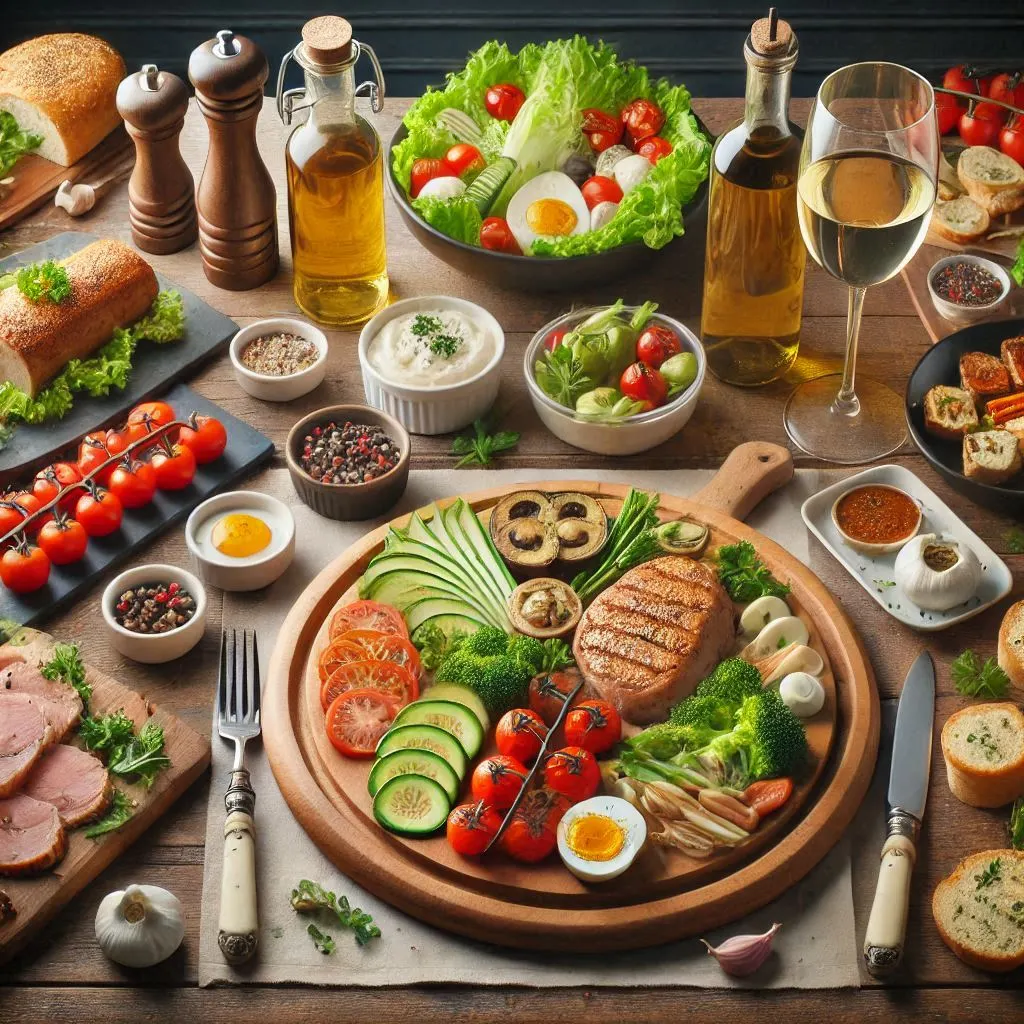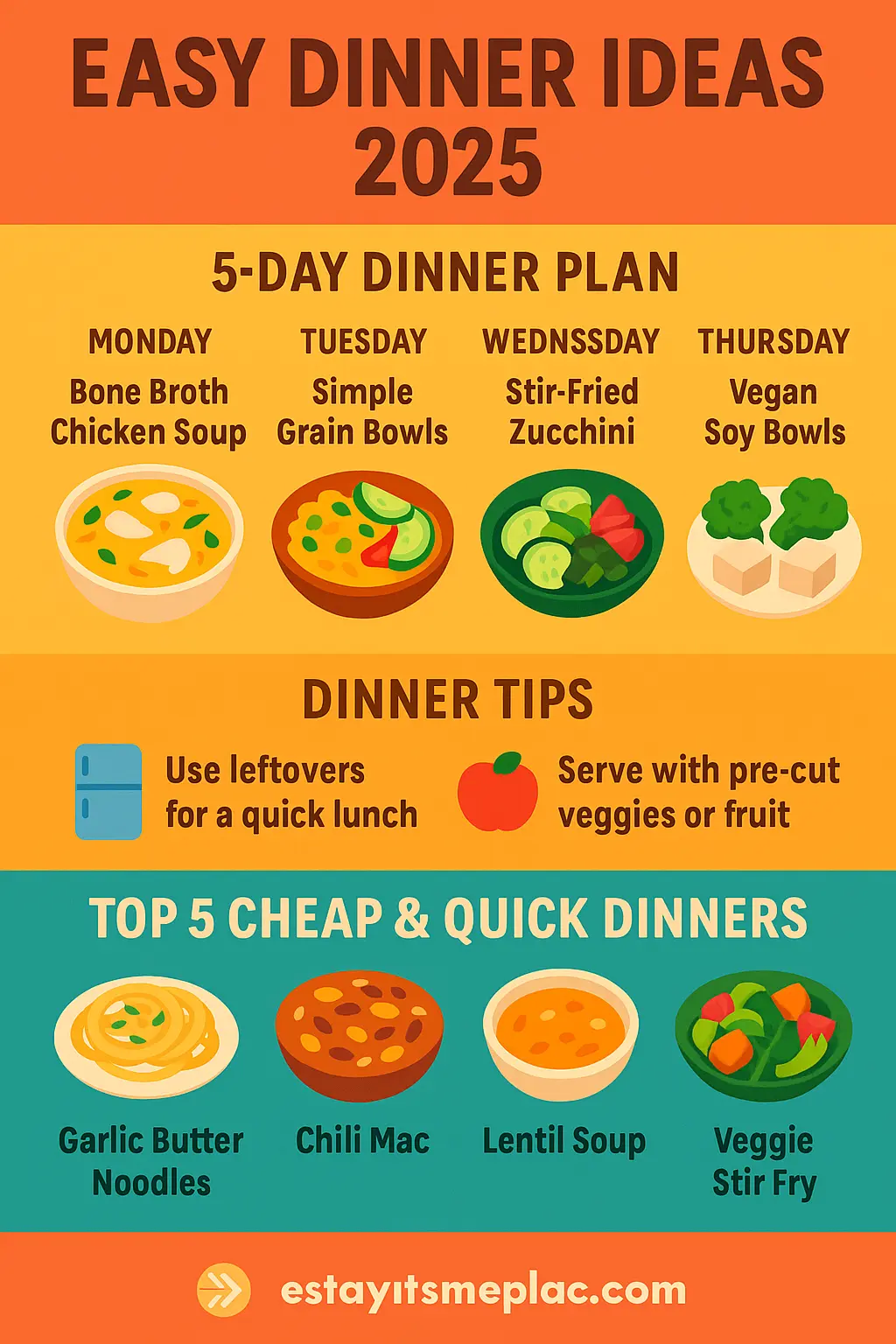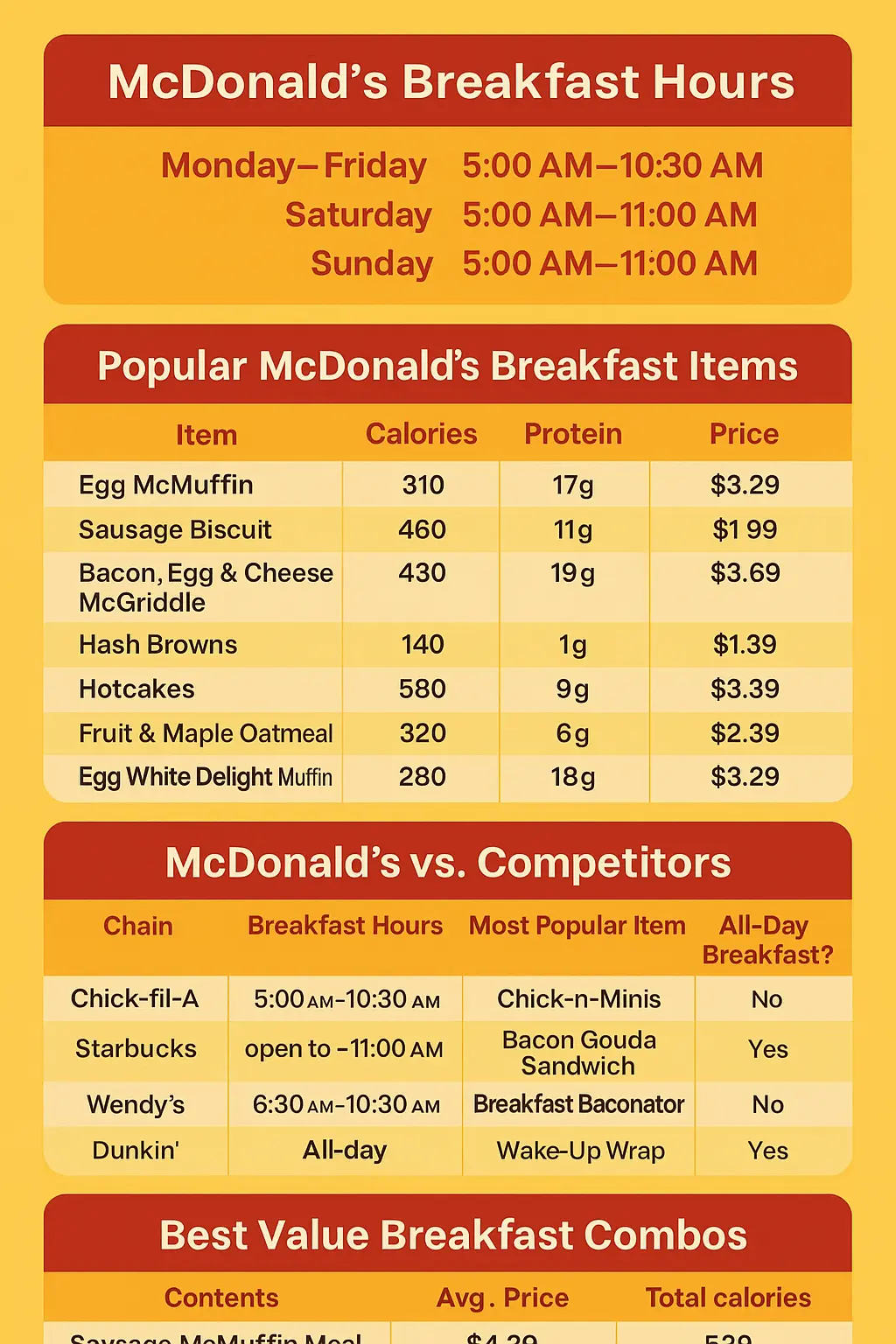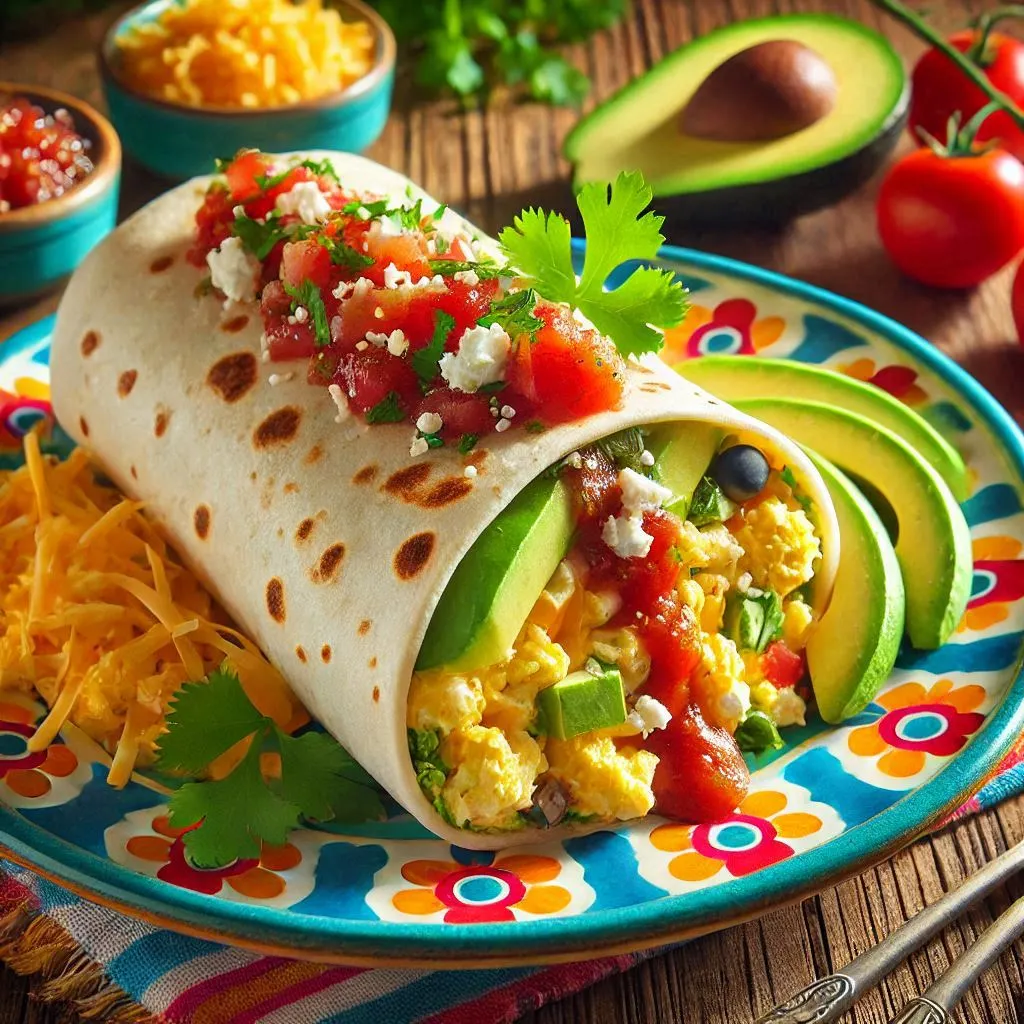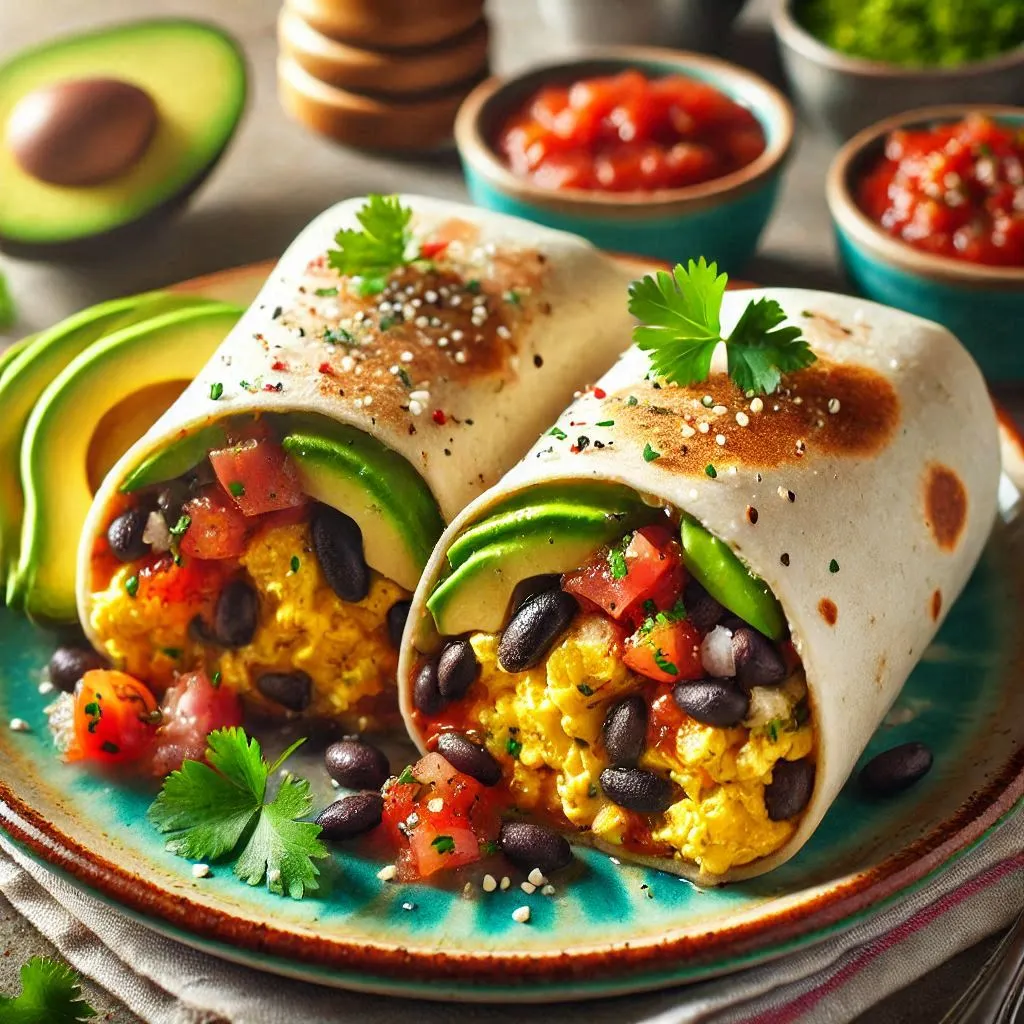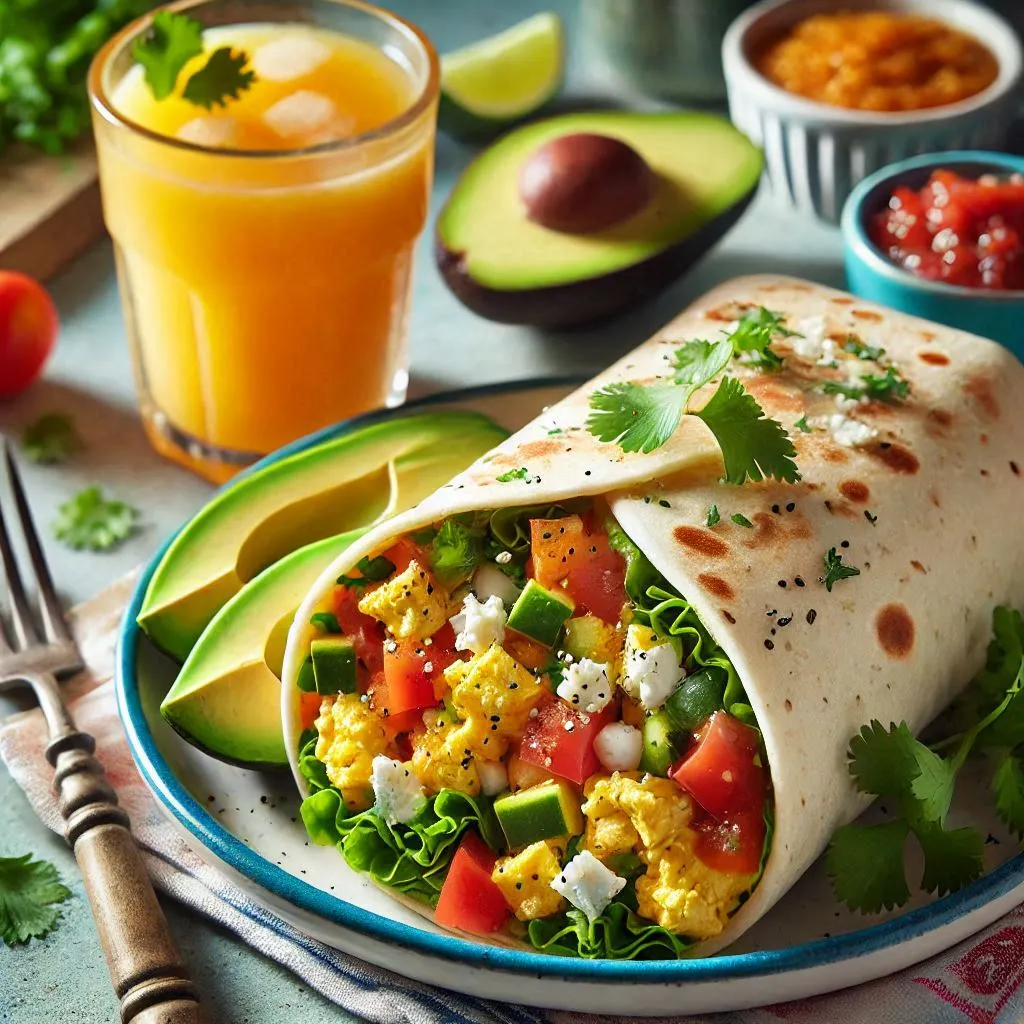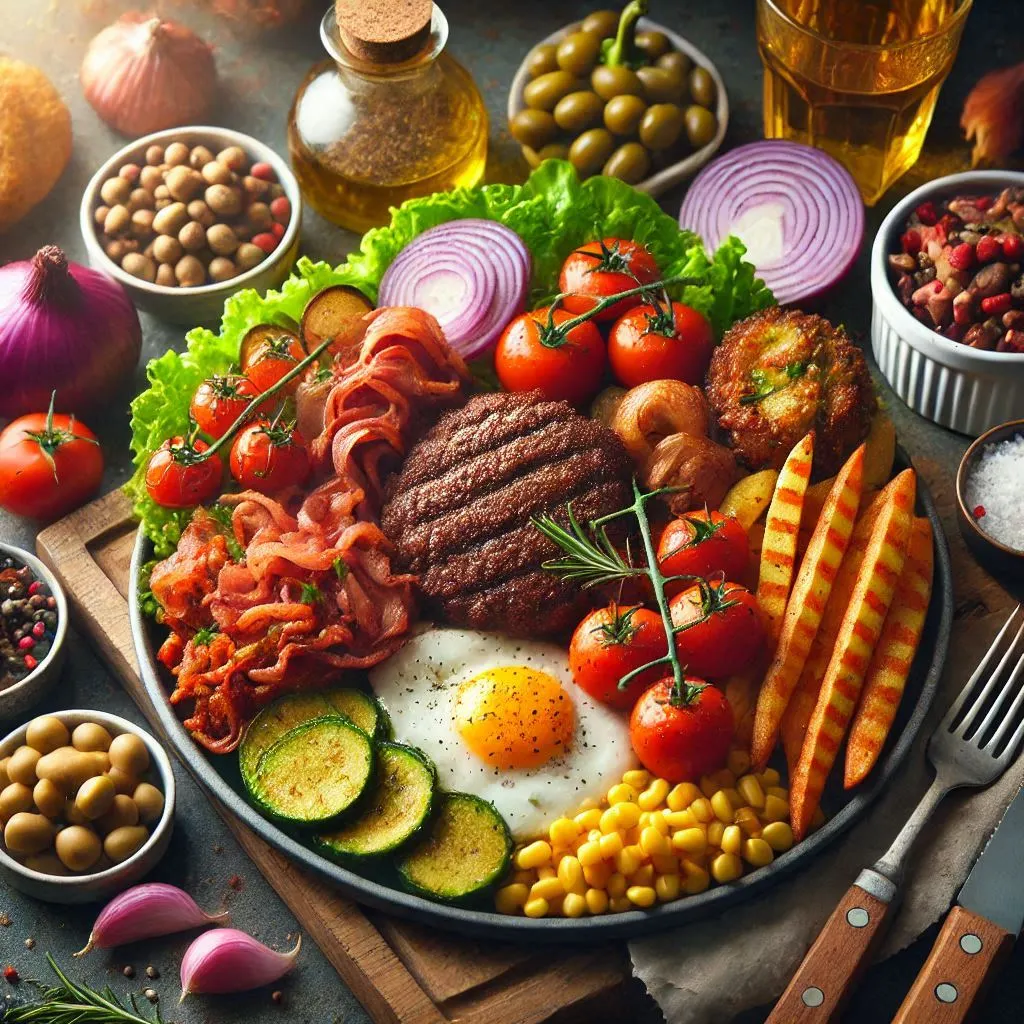
Table of Contents
Ground Beef Dinner Ideas: Delicious and Easy Recipes for Every Occasion 2025
Ground beef is a versatile and affordable protein that can be used to create a wide variety of delicious dinner options. Whether you’re looking for something quick and easy for a weeknight meal or something hearty for a family gathering, ground beef can be the star ingredient in many tasty dishes. In this article, we’ll explore 10 ground beef dinner ideas, complete with recipe tips, nutritional information, and more.
1. Classic Beef Tacos
Recipe: Ground beef tacos are a classic Mexican dish that’s easy to make and loved by almost everyone. Start by browning ground beef in a skillet. Add taco seasoning and water, letting the mixture simmer until thickened. Serve in taco shells with your favorite toppings such as lettuce, cheese, salsa, and sour cream.
Nutritional Information (per serving):
| Ingredient | Calories | Protein | Fat | Carbs |
|---|---|---|---|---|
| 1 taco (with beef) | 250 | 20g | 15g | 15g |
Tips:
- You can make the tacos healthier by using whole-wheat tortillas or lettuce wraps.
- Add some sautéed vegetables like onions and bell peppers for extra flavor.
2. Beef and Vegetable Stir-Fry
Recipe: A quick and healthy stir-fry is an excellent way to use ground beef. Brown the beef, then add in your choice of vegetables such as bell peppers, broccoli, and carrots. Stir in soy sauce, ginger, and garlic for added flavor, and serve over rice or noodles.
Nutritional Information (per serving):
| Ingredient | Calories | Protein | Fat | Carbs |
|---|---|---|---|---|
| Beef stir-fry (1 plate) | 300 | 25g | 18g | 20g |
Tips:
- For a low-carb option, try serving the stir-fry over cauliflower rice.
- Use a variety of colorful vegetables to boost the dish’s nutritional value.
3. Spaghetti Bolognese
Recipe: This Italian favorite is made by simmering ground beef in a tomato-based sauce with onions, garlic, and Italian herbs. Serve it over spaghetti noodles and top with grated Parmesan cheese.
Nutritional Information (per serving):
| Ingredient | Calories | Protein | Fat | Carbs |
|---|---|---|---|---|
| Spaghetti Bolognese (1 plate) | 400 | 30g | 15g | 45g |
Tips:
- Make it a healthier version by using whole-grain pasta or zucchini noodles.
- Add a side salad for extra fiber and nutrients.
4. Beef Chili
Recipe: Chili is a comforting and hearty dish that’s perfect for cooler weather. Brown ground beef, then simmer with kidney beans, tomatoes, chili powder, and cumin. Add in a bit of broth to create a thick, savory stew.
Nutritional Information (per serving):
| Ingredient | Calories | Protein | Fat | Carbs |
|---|---|---|---|---|
| Beef chili (1 bowl) | 350 | 25g | 20g | 30g |
Tips:
- Use lean ground beef for a lower-fat version.
- Top your chili with cheese, sour cream, or jalapeños for added flavor.
5. Meatloaf
Recipe: A traditional meatloaf is made by combining ground beef with breadcrumbs, eggs, and seasonings, then baking it in a loaf pan. It’s often served with mashed potatoes and gravy.
Nutritional Information (per serving):
| Ingredient | Calories | Protein | Fat | Carbs |
|---|---|---|---|---|
| Meatloaf (1 slice) | 280 | 22g | 16g | 18g |
Tips:
- Try adding grated vegetables like zucchini or carrots for extra moisture and nutrition.
- Use ground turkey for a leaner version.
6. Beef Tacos Salad
Recipe: For a lighter version of tacos, try a taco salad. Brown ground beef and season with taco spices, then serve over a bed of lettuce with toppings like cheese, tomatoes, black beans, and avocado.
Nutritional Information (per serving):
| Ingredient | Calories | Protein | Fat | Carbs |
|---|---|---|---|---|
| Taco salad (1 bowl) | 350 | 25g | 18g | 20g |
Tips:
- Use Greek yogurt instead of sour cream to reduce calories.
- Add salsa or guacamole for extra flavor without adding many calories.
7. Ground Beef Casserole
Recipe: Ground beef casseroles are an easy one-pan meal. Combine browned ground beef with cooked pasta, cheese, and your favorite vegetables, then bake in the oven until bubbly and golden.
Nutritional Information (per serving):
| Ingredient | Calories | Protein | Fat | Carbs |
|---|---|---|---|---|
| Beef casserole (1 serving) | 400 | 28g | 18g | 35g |
Tips:
- Swap regular pasta for whole-wheat pasta to increase fiber.
- Add a mix of frozen vegetables to make it more nutritious.
8. Beef Stuffed Peppers
Recipe: Stuffed peppers are a nutritious and flavorful way to enjoy ground beef. Brown the beef with onions, then stuff the mixture into halved bell peppers. Bake until tender and top with cheese.
Nutritional Information (per serving):
| Ingredient | Calories | Protein | Fat | Carbs |
|---|---|---|---|---|
| Beef stuffed peppers (1 pepper) | 280 | 20g | 18g | 15g |
Tips:
- Add quinoa or rice to the filling for extra texture.
- For a low-carb version, omit the rice and use cauliflower rice.
9. Beef Stroganoff
Recipe: Beef stroganoff is a creamy and rich dish made with ground beef, onions, garlic, and a sour cream sauce. Serve it over egg noodles or mashed potatoes for a satisfying dinner.
Nutritional Information (per serving):
| Ingredient | Calories | Protein | Fat | Carbs |
|---|---|---|---|---|
| Beef stroganoff (1 plate) | 450 | 30g | 25g | 40g |
Tips:
- Use Greek yogurt instead of sour cream for a healthier alternative.
- Serve with steamed broccoli or green beans for extra vegetables.
10. Sloppy Joes
Recipe: Sloppy Joes are a messy but delicious sandwich made with ground beef simmered in a tangy tomato-based sauce. Serve on hamburger buns for a fun and easy dinner.
Nutritional Information (per serving):
| Ingredient | Calories | Protein | Fat | Carbs |
|---|---|---|---|---|
| Sloppy Joes (1 sandwich) | 350 | 20g | 18g | 30g |
Tips:
- Make the sauce healthier by using reduced-sugar ketchup.
- Try using whole-wheat buns for added fiber.
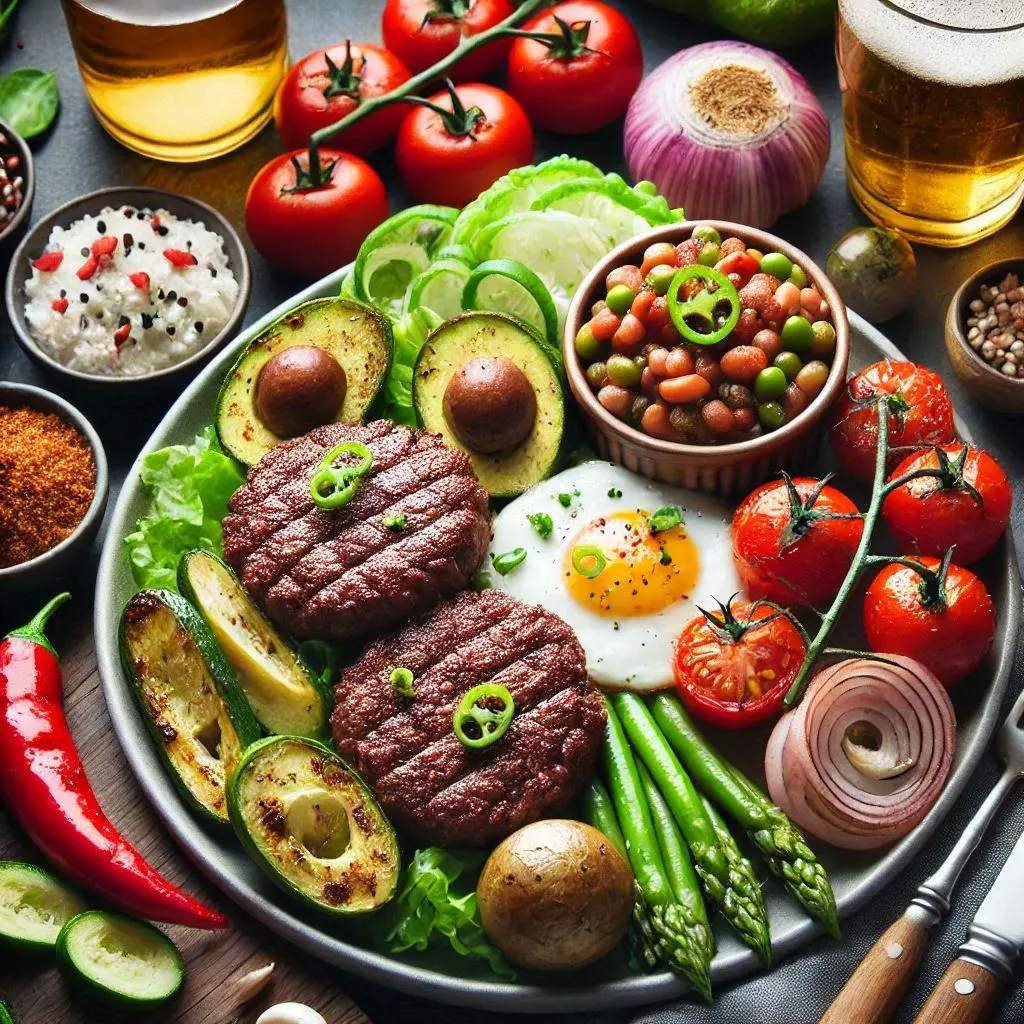
Conclusion
Ground beef is a versatile and affordable ingredient that can be used in a wide variety of delicious dinner ideas. From classic tacos and spaghetti bolognese to healthier options like stuffed peppers and stir-fries, there’s something for everyone. By swapping ingredients and adding extra vegetables, you can make each recipe fit your dietary preferences. Whether you’re cooking for your family or hosting friends, ground beef is a great option for creating hearty and satisfying meals.
For more recipes and inspiration, check out the following resources:
Recommended Articles:
What Can I Feed a Stray Cat: 2025 Comprehensive Guide – love a happy home
What to Do if You Find a Stray Dog 2025 – love a happy home
- Honey Baked Ham 2025 In-Depth Guide
- How to Organize Kitchen Cabinets 2025 In-Depth Guide
- 100 Easy Dinner Ideas 2025 In-Depth Guide
- Easy Dinner Recipes: 2025 In-Depth Guide
- Amazon Best Sellers in Home Kitchen: Top 10 2025
- KFC Menu: In-Depth Guide 2025
- How to Make McDonald’s Grimace Shake at Home 2025
- Sonic Breakfast Hours: A Complete Guide 2025
- Burger King Breakfast Hours: Complete Guide 2025
- Panera Breakfast Hours: A Complete Guide 2025
- Carl’s Jr Breakfast Hours: A Complete Guide 2025
- Golden Corral Breakfast Hours: Complete Guide 2025
- Whataburger Breakfast Hours: Complete Guide 2025
- Hardee’s Breakfast Hours: Complete Guide 2025
- Wendy’s Breakfast Hours: A Comprehensive Guide 2025
- Taco Bell Breakfast Hours: Complete Guide for 2025
- Burger King Breakfast Hours: A Comprehensive Guide 2025
- Chick-fil-A Breakfast Hours: In-Depth Guide 2025
- 100 Best Milks: A Comprehensive Guide 2025
- 100 Breakfast Ideas: Nutritious Delicious 2025
- 100 Easy Dinner Ideas: Delicious Meals 2025
- Dubai Chocolate Bar: A Sweet Journey 2025
- What to Make for Dinner 2025
- Easy Dinner Recipes 2025(In-Depth)
- Easy Dinner Recipes for Busy Weeknights 2025
- Best School Lunch Ideas 2025
- Tabs Chocolate: A Delicious Revolution 2025
- Dubai Chocolate Bar: A Sweet Luxury Experience 2025
- Cheap Dinner Ideas 2025
- Chicken Dinner Ideas for Every Occasion 2025
- Ground Beef Dinner Ideas for Every Occasion 2025
- School Lunch Programs: Impact and Importance 2025
- Yeti Lunch Boxes: Ultimate Guide 2025
- Perfect Lunch Bag: A Ultimate Guide 2025
- 100 Quick Dinner Ideas 2025 In-Depth Guide
- Dinner Ideas: For Every Occasion 2025
- Easy Dinner Ideas: 2025 In-Depth Guide
- McDonald Breakfast Hours: 2025 In-Depth Guide
- Breakfast Burrito: 2025 A Delicious Start to Your Day
- Best Breakfast Ideas for a Healthy Start 2025
- What Should I Eat for Lunch 2025
- Easy Lunch Ideas for Busy Days 2025
- Easy Lunch Ideas 2025
- What Time Does McDonald’s Stop Serving Breakfast 2025?
- Healthy Breakfast Ideas 2025
- Milk: 2025 A Comprehensive Guide
- Fairlife Milk: 2025 A Comprehensive Overview
- Honeycomb Cereal: 2025 A Comprehensive Analysis
- Is Fairlife Milk Healthy? 2025 In-Depth Guide
- Snack Wrap McDonald’s: A Deep Dive
- How Much Does a Gallon of Milk Weigh?
- How to Make Delicious Mochi Donuts at Home
- Best Egg Laying Chickens(6 Types)
- How Many Grams of Protein in an Egg(1 In-Depth Guide)
- How to Tell If an Egg Is Bad(1 Detailed Guide)
- Creative Spongebob Party Food 2025 In-Depth Guide
- Easy Spongebob Party Food Ideas 2025 In-Depth
- Best Spongebob Party Food Ideas(10 Types)
- Best Creamy Tuscan Chicken Recipe(7 Parts Detailed)
- Best Monday Food Deals(5 Types Perfect Choice)
- Best 11 Monday Restaurant Deals(Very Detailed)
- How To Make Canes Sauce 2025 In-Depth Guide
- Best Hot Sauce Recipe(7 Steps)
- Best Seasonings for Elevating Your Cooking(12 types)








































